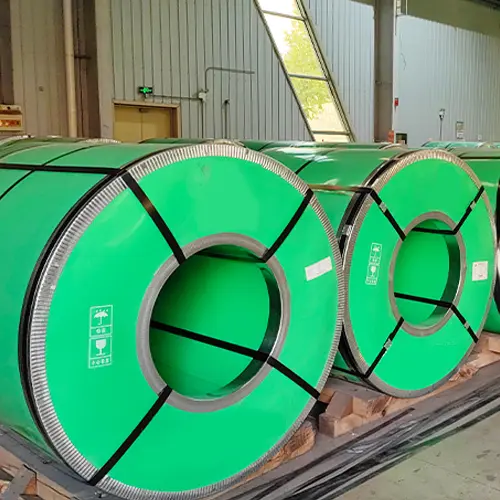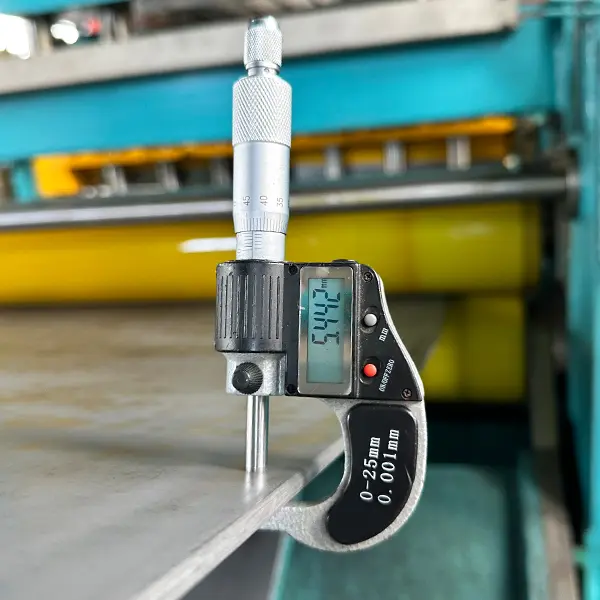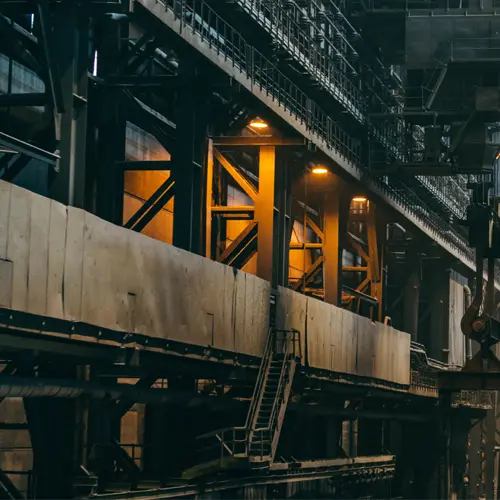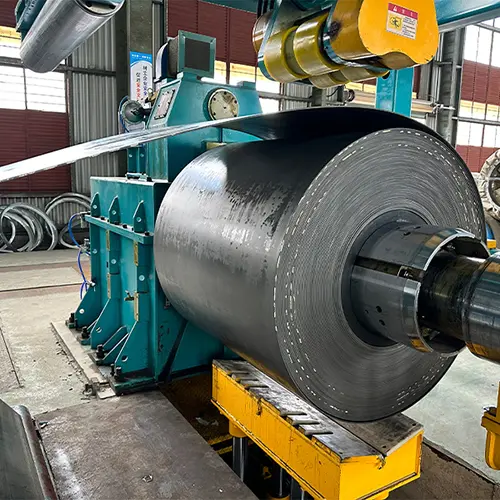What are the mainstream specifications of carbon steel?
Carbon steel is a broad category of steel that contains varying amounts of carbon as the main alloying element, typically 0.04% to 2.1% by weight.

There are numerous grades and specifications for carbon steel, but here are some of the mainstream categories and their general specifications:
1. Low Carbon Steel (Mild Steel):
- Contains up to 0.3% carbon.
- Examples include AISI 1018. AISI 1020. and SAE 1006.
- It's ductile, machinable, and weldable, with relatively low strength and hardness.
2. Medium Carbon Steel:
- Contains 0.3% to 0.6% carbon.
- Examples include AISI 1035. AISI 1045.
- Offers higher strength and hardness than mild steel, can be heat treated, but weldability decreases.
3. High Carbon Steel:
- Contains 0.6% to 1.4% carbon.
- Examples include AISI 1095. C1070.
- Known for high hardness and wear resistance, often used for springs, knives, and cutting tools. However, it's less ductile and more difficult to weld.
4. Ultra-High Carbon Steel (also known as Cast Iron or Tool Steel):
- Contains over 1.5% carbon.
- Examples include W1. D2. and O1 tool steels.
- They offer extreme hardness and toughness, used primarily for making tools that require high durability and wear resistance.
Each type may also contain other elements like manganese, silicon, and trace amounts of other alloying elements to enhance specific properties. The American Iron and Steel Institute (AISI) and Society of Automotive Engineers (SAE) provide standard classifications for these steels, while international standards like EN, DIN, JIS, and GB have their own systems for grading carbon steel based on chemical composition, mechanical properties, and manufacturing methods.


